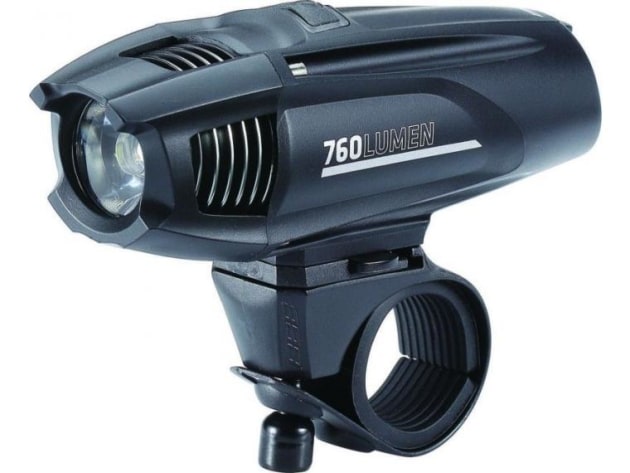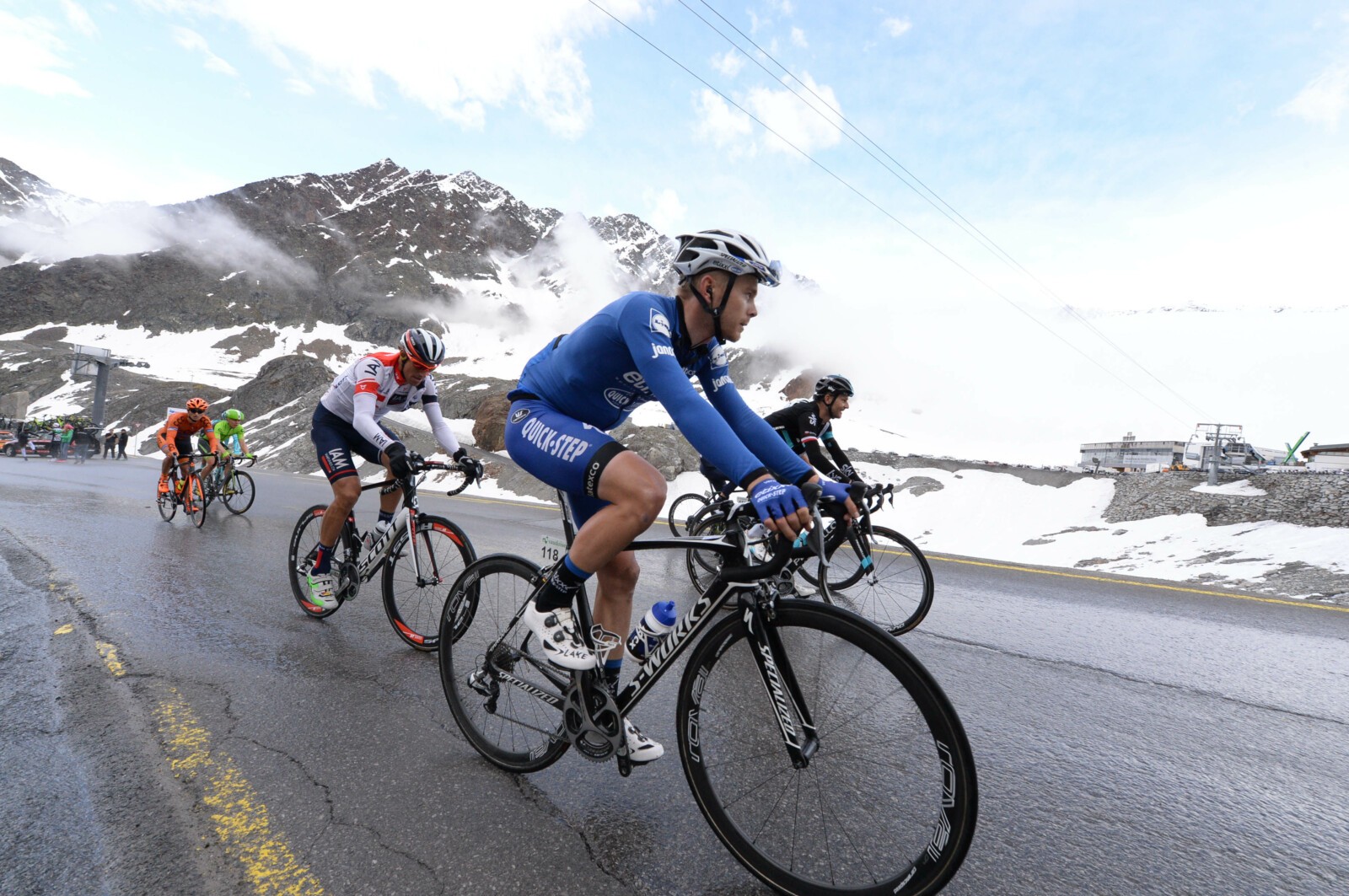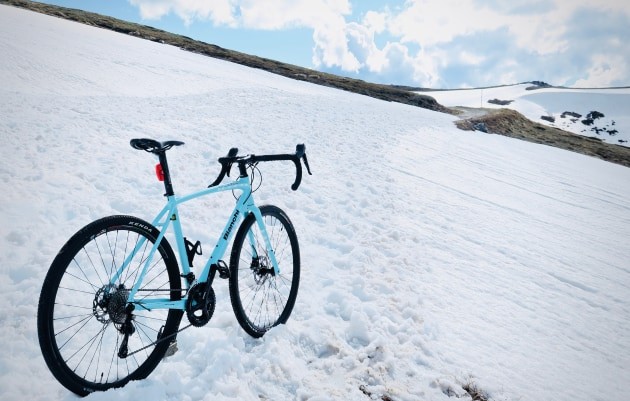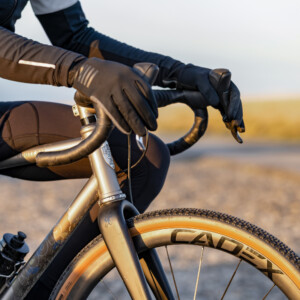Brrrr ….. Been feeling it in the early mornings? Yes, it’s a cold, cold winter.
Each and every year it’s a similar challenge, one as difficult to maintain as it is to get your head around. Getting out there and banking kilometres despite the frigid conditions – maintaining an acceptable level of bike fitness despite the colder weather, darker starts and half frozen fingertips.
Staying warm, dry, safe and seen is a critical part of cool-season cycling and with the Noosa Classic just two months out and 6th annual Bowral Classic less than 5-months away, now’s as vital a time as any to continue your training.
With that in mind we have 5 helpful winter training tips to assist with cold-weather cycling.
Top 5 Winter Cycling Tips
1 – Invest In Quality Winter Kit
Cycling kit has come ahead in leaps and bounds over recent years with many toasty warm yet lightweight and breathable products around – light, thin and comfortable fabrics offering more insulation and better all round efficiency than ever before.
2 – Be Seen Out There

High powered lights such as this USB rechargeable 760 lumen headlight (pictured right) are ideal for darker mornings, early evenings and night riding.
It seems bike light and battery technology is being boosted year on year – there’s simply no excuse not to have front and rear lights fitted to your bike. Day and night running lights are a no brainer, we don’t leave home without them and nor should you.
3 – Layer Up
When preparing for a cold to cool weather ride dress for the expected temperature 20 to 30 minutes into the ride. You might be a little colder when you initially roll out but for the majority of the ride you’ll be far more comfortable (and carrying less excessive gear).
 Cold weather cycling – some rug up and and dress to conditions while others stick to good old Rule #5. Image: Sirotti.
Cold weather cycling – some rug up and and dress to conditions while others stick to good old Rule #5. Image: Sirotti.4 – Head, Hands & Feet
Remember your extremities – your head, hands and feet. Headwear such as a thermal scull cap or winter cycling cap is critical – up to 30% of heat is lost through the head. A wide variety of high quality half, three quarter and full fingered cycling gloves are also available and mandatory for not just warmth but hand protection – particularly during the cooler months.
Quality thermal socks are also important as are waterproof / windproof shoe covers that will ensure your precious training time remains far more bearable during the cooler months.
The simply inclusion of rear mudguard can also make a major difference in winter. Most bike shops stock ‘ass saver’ type spray and splatter guards – disposable versions are also readily available.
 Embrace winter head on – get yourself a allroad or gravel bike, buy some quality kit and take your cycling to another level.
Embrace winter head on – get yourself a allroad or gravel bike, buy some quality kit and take your cycling to another level.5 – Retain Mojo
One of the major challenges of winter is maintaining that warm-weather mojo. It’s obviously important to keep training, to retain and maintain fitness by whatever means possible!
Set weekly targets on Strava, register for distance and altitude challenges and arrange regular rides with friends. You may even want to set a pact with mates that you’ll motivate and encourage each other, all powering on despite the conditions.
What are your winter training techniques? We’d love to hear your comments … Have your say in comments below.


